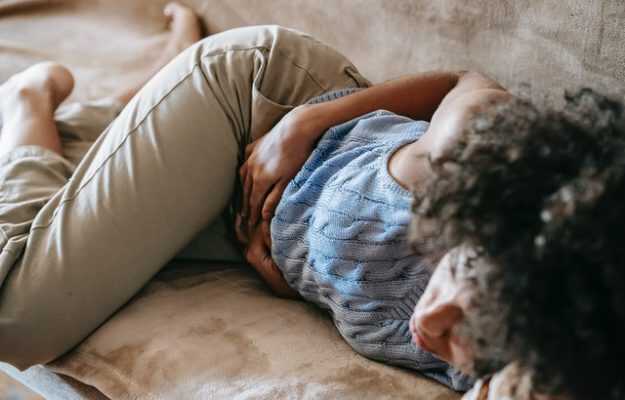The urinary tract consists of the two kidneys (organs that filter nitrogenous and other wastes from the blood to produce urine), the ureters (the tubes that connect the respective kidney to the urinary bladder), the urinary bladder (where urine is stored before release by easing of the bladder sphincter) and the urethra (the passage from the urinary bladder through which urine is voided). Sometimes, due to various underlying causes, the urine may become supersaturated with minerals and salts, resulting in the formation of urinary tract stones. Stones can form anywhere in the urinary tract along the path of the urine and can either remain in their original site or migrate to other parts of the tract causing symptoms along the way.
(Read more: Urinary tract obstruction)
Bladder stones, or bladder calculi, are a relatively less common type of urinary tract stone, contributing to only about 5% of all urinary tract stones. While the incidence of bladder stones is declining worldwide, more so in the West, it remains relatively higher in developing countries. It is four to ten times more common in males than females and is more likely to occur in children in developing nations prone to dehydration and poor nutrition and elderly males who suffer from prostate problems.
While most urinary tract stones develop under similar circumstances, it is important to note that bladder stones are not the same as kidney stones. Urine, which is filtered by the kidneys, is stored in the urinary bladder before it is expelled through the urethra once the bladder is full. The stored urine consists of 90% water and the rest is minerals, salts and nitrogen-containing waste material produced in the body by the metabolism of proteins. Sometimes, the urine can become supersaturated with these minerals, salts and byproducts; it can occur due to dehydration, infection or obstruction to the flow of urine causing stagnation of the urine in the bladder. In such cases, the minerals, salts and byproducts can clump together to form bladder calculi, better known as bladder stones. Although kidney and bladder stones are not the same, occasionally, a stone that forms in the kidney can travel down to the bladder and produce symptoms akin to a bladder stone. Additionally, bladder calculi or stones can also occur in a bladder substitute that acts as a reservoir of urine. An example of a bladder substitute is an orthotopic neobladder, created after either the removal of the urinary bladder (cystectomy) in bladder cancer patients or in children with urinary bladder birth defects that cannot be repaired.

 Doctors for Bladder stones
Doctors for Bladder stones  OTC Medicines for Bladder stones
OTC Medicines for Bladder stones
















































